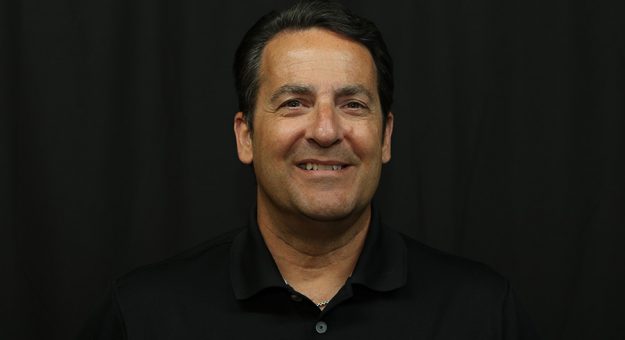MELBOURNE, Australia — Whether it’s a street circuit or a stadium race, putting on a temporary motorsports event is always challenging.
During the recent Australian Grand Prix inside Marvel Stadium in Melbourne, the World Supercross Championship staff overcame an issue no one had ever seen before. More than 850 truckloads of dirt weighing more than 6,000 tons were dumped on top of the grass field and shaped into a bone-jarring Supercross track.
That is a common practice around the world in various venues for Supercross and Arenacross, but what made this unique is what’s under the stadium — parking decks for cars.
Marvel Stadium is home to five clubs that compete in the Australian Football League — also known as Australian Rules Football. They need plentiful parking for the spectators of the popular games, so they went underground. But that means the field is suspended over all of those cars. Not a problem when you just have some athletes in shorts and cleats running around.
However, a 6,000-ton Supercross track is a different story.
SX Global, the promoter of World Supercross, solved the issue by utilizing 5,000 railway sleepers and almost 2,000 steel prop supports in the lower-level parking deck to prop up the field from the heavy weight of the track. It was a remarkable and expensive solution for a unique problem.
The Australian GP was the second round of the pilot season for the World Championship, which is the brainchild of Adam Bailey and Ryan Sanderson of Aus-X Open as well as legendary promoter Tony Cochrane, the WSX Championship’s chairman and CEO, who built the popular Australian V-8 Supercar Championship into a massive success.
The inaugural season for World Supercross was a huge success, especially with the Australian Grand Prix that saw 50,000-plus in attendance over two days of racing. American Shane McElrath claimed the SX2 category championship, while German superstar Ken Roczen earned the prestigious WSX title.
SX Global plans to announce its 2023 schedule in November with eight to 10 rounds on the calendar.
The schedule is expected to include one event in the United States.
• A lighthearted email exchange with brothers Chris and Cary Agajanian led to an education on how their famous father, J.C. Agajanian, chose the No. 98 for his famed race cars. When “Aggie” first entered a car in the Indianapolis 500 at Indianapolis Motor Speedway in 1948, he didn’t have a number selected, so he asked his driver, “Joltin” Johnny Mantz, to pick one.
Mantz told him he had recently won a race driving a car No. 98.
He felt it was lucky, so he suggested Agajanian put that number on the entry form.
The car was actually entered as the Smith and Jones Special with mechanics Clay Smith and Danny Jones as owners, even though the car was solely owned by “Aggie.” Because J.C. Agajanian was the president of the Western Racing Ass’n, he was considered an outlaw by the AAA, which sanctioned the Indy 500 and officials did not want him at the speedway.
Mantz also drove in and won the first Southern 500 at Darlington (S.C.) Raceway in 1950. He used very hard Indy car tires, so he didn’t have to pit for tires while his competitors used every passenger-car tire they could get their hands on, even using tires stolen off of cars in the parking lot.
Mantz’s Darlington winner was entered by Hubert Westmoreland, but was secretly co-owned by “Big” Bill France. Thanks for the cool stories, Carey and Chris.
• I recently received a copy of “Spy Driver,” a great racing-themed thriller written by J.K. Kelly.
It’s a paperback book and a fun read. Kelly definitely knows racing as he takes his lead character, Bryce Winters, around the globe, chasing the Formula 1 world championship. The twist is that Winters is also secretly an undercover agent for the CIA. It’s an exciting page-turner filled with lots of good plot twists centered around a wide variety of racing events.
If you’re looking for an excellent racing-themed book to pass the time while on the road to the races, this one’s perfect.
I read it on the way to and from Australia.
• While in Melbourne, I learned from a reliable source that MotoGP is actively pursuing a race in Southern California. The plan right now is to build a track in the Palm Springs area, which would make it the second road course facility in that region along with the private Thermal Club track.
